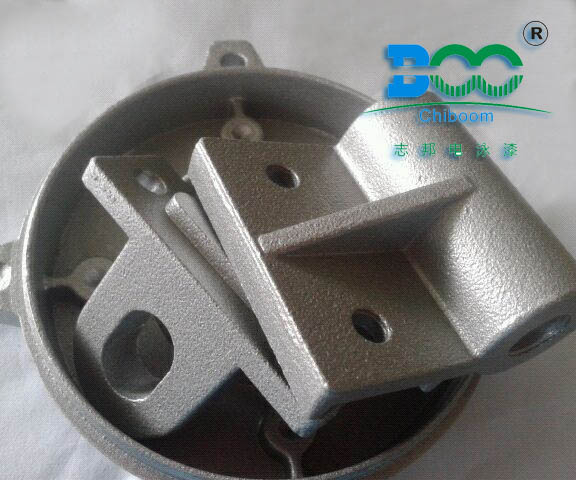What are the ingredients of electrophoretic paint?
What are the ingredients of electrophoretic paint?
Electrophoretic paint is a special type of water-based coating widely used
in painting processes in industries such as automobiles, home appliances, and
hardware. Its unique electrophoretic properties enable the coating to adhere
uniformly and continuously to the surface of the coated object, forming a tough
and aesthetic paint film. So, what are the components that make up
electrophoretic paint?
The main component of electrophoretic paint is resin. Resin is the main body of electrophoretic paint, and different types of electrophoretic paint use different kinds and proportions of resins. The choice of resin mainly depends on the application field of electrophoretic paint and the desired performance characteristics. For example, automotive electrophoretic paint requires high strength, high wear resistance, and excellent weather resistance, so the selected resin should possess corresponding excellent properties.

In addition to resin, electrophoretic paint also includes additives. Although additives do not directly participate in film formation, they have a significant impact on the process of resin film formation and the durability of the paint film. For instance, defoamers can effectively eliminate bubbles during the preparation and application of coatings, improving the quality of the paint film. Chelating agents help stabilize the coating system, preventing impurities such as metal ions from negatively affecting the paint film's performance.
Pigments are another important component of electrophoretic paint. Pigments are primarily used to color the electrophoretic coating, giving it the desired hue and appearance. Pigments are classified into organic and inorganic types, and the specific type and proportion can be selected based on specific requirements.
Moreover, electrophoretic paint requires the addition of an appropriate amount of solvent. The choice of solvent depends primarily on the coating's application performance and customer needs. Solvents primarily regulate the viscosity and fluidity of the coating to facilitate construction operations.
Neutralizers are also an indispensable component of electrophoretic paint. They are substances that interact with acids and bases to adjust the pH value of the medium, having a significant impact on the stability of electrophoretic paint, emulsion polymerization, acetalization reactions, resin curing, and latex storage.
In the actual coating production process, these components are mixed, stirred, ground, and processed according to a specific formula and technology, ultimately producing electrophoretic paint products with excellent performance. The production process of electrophoretic paint requires strict control of the proportion of each component and processing conditions to ensure the quality and stability of the final product.
During the electrophoretic coating process, electrophoretic paint forms a gel through electrochemical reactions in water. Under the action of an electric field, the gel uniformly adheres to the electrode to form a film layer. In this process, the various components of electrophoretic paint interact to achieve the uniformity and adhesion of the coating.
Overall, electrophoretic paint is a complex coating system composed of resins, additives, pigments, solvents, and neutralizers. These components play their respective roles in the preparation and application of electrophoretic paint, jointly forming electrophoretic paint products with excellent performance. With the advancement of technology and the development of coating processes, the components and performance of electrophoretic paint will continue to be optimized and improved to meet increasingly stringent coating requirements.





 WeChat
WeChat